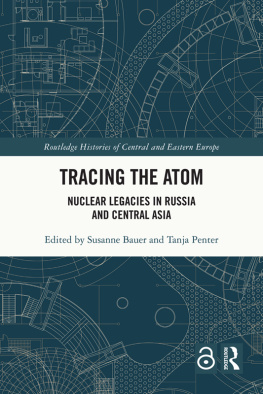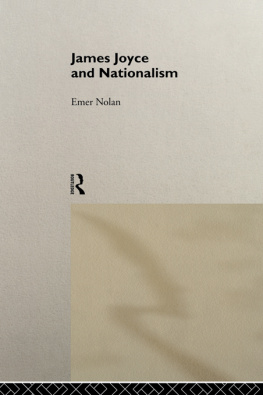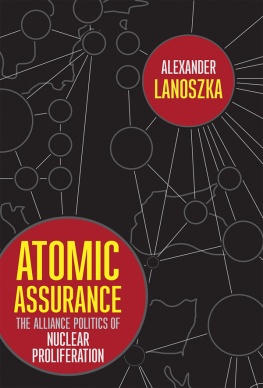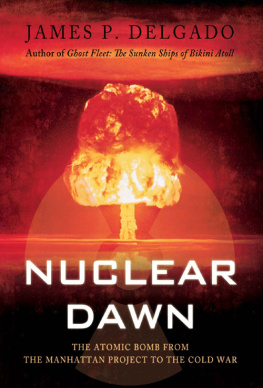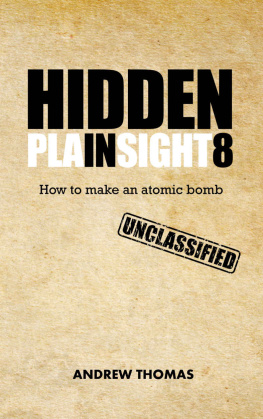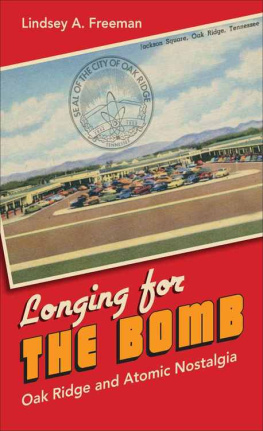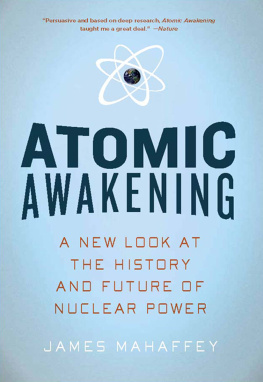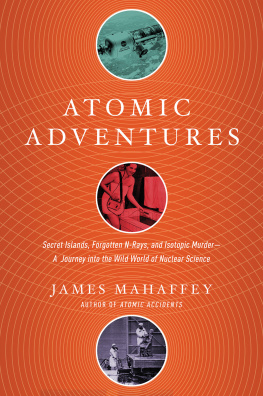James L. Nolan - Atomic Doctors: Conscience and Complicity at the Dawn of the Nuclear Age
Here you can read online James L. Nolan - Atomic Doctors: Conscience and Complicity at the Dawn of the Nuclear Age full text of the book (entire story) in english for free. Download pdf and epub, get meaning, cover and reviews about this ebook. year: 2020, publisher: Harvard University Press, genre: Non-fiction. Description of the work, (preface) as well as reviews are available. Best literature library LitArk.com created for fans of good reading and offers a wide selection of genres:
Romance novel
Science fiction
Adventure
Detective
Science
History
Home and family
Prose
Art
Politics
Computer
Non-fiction
Religion
Business
Children
Humor
Choose a favorite category and find really read worthwhile books. Enjoy immersion in the world of imagination, feel the emotions of the characters or learn something new for yourself, make an fascinating discovery.

- Book:Atomic Doctors: Conscience and Complicity at the Dawn of the Nuclear Age
- Author:
- Publisher:Harvard University Press
- Genre:
- Year:2020
- Rating:4 / 5
- Favourites:Add to favourites
- Your mark:
- 80
- 1
- 2
- 3
- 4
- 5
Atomic Doctors: Conscience and Complicity at the Dawn of the Nuclear Age: summary, description and annotation
We offer to read an annotation, description, summary or preface (depends on what the author of the book "Atomic Doctors: Conscience and Complicity at the Dawn of the Nuclear Age" wrote himself). If you haven't found the necessary information about the book — write in the comments, we will try to find it.
James L. Nolan: author's other books
Who wrote Atomic Doctors: Conscience and Complicity at the Dawn of the Nuclear Age? Find out the surname, the name of the author of the book and a list of all author's works by series.
Atomic Doctors: Conscience and Complicity at the Dawn of the Nuclear Age — read online for free the complete book (whole text) full work
Below is the text of the book, divided by pages. System saving the place of the last page read, allows you to conveniently read the book "Atomic Doctors: Conscience and Complicity at the Dawn of the Nuclear Age" online for free, without having to search again every time where you left off. Put a bookmark, and you can go to the page where you finished reading at any time.
Font size:
Interval:
Bookmark:
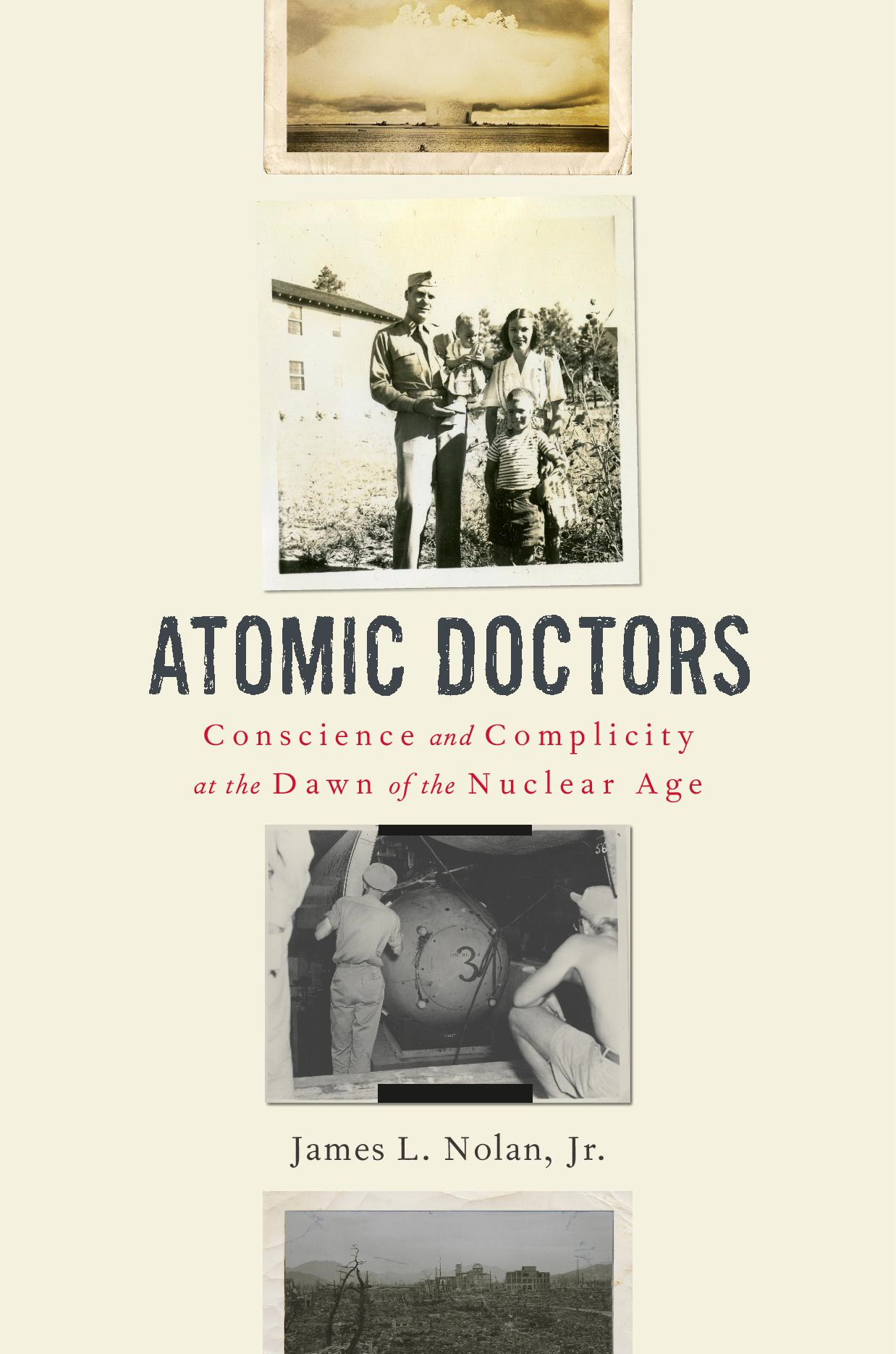
Atomic Doctors
Conscience and Complicity at the Dawn of the Nuclear Age
JAMES L. NOLAN, JR.
THE BELKNAP PRESS OF HARVARD UNIVERSITY PRESS
Cambridge, Massachusetts London, England
2020
Copyright 2020 by the President and Fellows of Harvard College
All rights reserved
Jacket design: Tim Jones
Jacket photographs: Second from the top from the authors collection; others courtesy of the National Archives
ISBN: 978-0-674-24863-2 (cloth)
978-0-674-24942-4 (EPUB)
978-0-674-24943-1 (MOBI)
978-0-674-24944-8 (PDF)
Library of Congress Cataloging-in-Publication Data is available from loc.gov
To Pvi Tsy
On the morning of June 17, 1945, Captain James F. Nolan, MD, boarded a plane in Albuquerque, New Mexico. In his briefcase was a highly sensitive report prepared by Nolan, along with other Manhattan Project physicians and two physicists, that expressed concerns about potential radioactive fallout from what would be the first nuclear bomb ever exploded. The plutonium bomb, or Gadget, as it was called, was scheduled for detonation in the Alamogordo bombing range of New Mexico in less than a month. Nolan and his colleagues hoped to persuade General Leslie Groves, military head of the Manhattan Project, to approve safety and evacuation procedures for the so-called Trinity test. After a flight delay, a missed connection, and a long train ride from Cincinnati to Knoxville, Nolan finally arrived at the Oak Ridge Site of the Manhattan District at six thirty the next morning. At Oak Ridge, about twenty-five miles outside Knoxville, Nolan eventually met with the large and imposing Groves, who was not at all pleased to receive the report.
Groves made Nolan sit outside his office while he read the document and discussed it with his aides. When he finished, Groves called Nolan in and addressed him dismissively: What are you, some kind of Hearst propagandist? The commentwith its reference to William Randolph Hearst, known for his sensationalist journalismwas indicative of Grovess overriding concerns with security and secrecy. He feared that if the proposed plan were implemented, information about the top-secret Manhattan Project might leak out to people living near the Alamogordo bombing range. Such a response from Groves was not unexpected. In Nolans view, the military was concerned only with making a bomb for the purposes of warfare; worries about radiation hazards were entirely secondary. Groves, in Nolans words, had rifle-barrel vision, which made him a great soldier but limited him to thinking only of the security aspect. As it turned out, the Manhattan Project physicians were right to be worried about fallout from the Trinity test. Groves eventually approved some of the safety measures, but concerns about the long-term effects of radiation on the region around the test site persist to this day.
Although the Manhattan Project doctors warned the military about dangerous fallout from the Trinity test, they also participated in downplaying the harmful effects of radiation following the test. The doctors complicated role in this instance is emblematic of what happened a number of times at the dawn of the nuclear age. Manhattan Project doctors would offer warnings, particularly with respect to the dangers of radiation exposure. Military leaders would not take the warnings seriously, giving greater weight to military and scientific concerns. Doctors would then be put in a position of helping the military to hide or minimize the negative consequences of radiation exposure, often out of fear of litigation.
Atomic Doctors focuses on the physicians who were involved in the Manhattan Project, paying particular attention to Nolan, as well as his colleagues Louis Hempelmann and Stafford Warrenall of whom were part of the project from its earliest days and then played important roles in the unfolding drama of the atomic age. All three doctors had training in radiology and thus knew more than most about radiationthe critical and defining, yet mysterious, feature of the new weapon. How they gained and managed their knowledge about radiation, and how they treated (or didnt treat) those who were affected by it, is a central theme of this book. Its a theme that intersects with the continuing debate about the necessity and morality of detonating, and then continuing to develop and stockpile, atomic weapons. We will see how the doctors were used, with or without their cooperation, either to support or to refute competing historical narratives about the atom bomb.
James F. Nolan was my grandfather. I first became aware of the nature and scope of his contribution to the Manhattan Project when my mother visited me several months after my dad had passed away. She brought with her a box of materials that no one else in the family even knew existed. When I opened the box and began sorting through its contents, I was astonished by what I found. The box contained a treasure trove of data about my grandfather and his role in the Manhattan Project. I discovered photographs of the Trinity test, the USS Indianapolis, Tinian Island, Bikini Island, and Hiroshima and Nagasaki (taken just weeks after the bombs were dropped on the two cities). Also inside were my grandfathers military papers, travel itineraries, artifacts, souvenirs, weather maps, newspaper clippings, written accounts of his experience, and correspondence, including with Robert Oppenheimer, the scientific head of the Manhattan Project.
Discovery of this material marked the beginning of my own journey through the early nuclear age, with my grandfather acting as my guide. In a sense, Nolan served as my Virgil, taking me through a divine comedy of sorts. He introduced me to fascinating people, including those who had visions of a technophilic new paradise. He also showed me a horrifying infernothe image conveyed by the Japanese doctors with whom Nolan interacted in Hiroshima and Nagasaki immediately after the war. The contents of my grandfathers secret box of materials led me on exploratory trips to a number of archives across the United States, to Los Alamos and Oak Ridge, to the San Ildefonso Pueblo, to a reunion in Indiana with the still-living survivors of the USS Indianapolis, and to Hiroshima and Nagasaki. The more I explored, the more interesting and troubling the story became. The Virgil image also works in the sense that the story is not so much about Nolanthough he is clearly a central figureas it is about the dramatic and utterly transformative historical period he lived through.
My grandfather participated in many of the crucial events of this period. He was involved in some way with the first eight nuclear bombs ever detonated. He was there at Los Alamosindeed, he was one of the first recruits. He helped plan the safety and evacuation measures for the Trinity test. He was one of two men tasked with escorting Little Boy, the bomb that would be dropped on Hiroshima, from Los Alamos to the Pacific Islands. He was one of the first Americans to visit Japan and investigate the bomb sites after the war. He was present for the subsequent atomic tests on the Bikini and Enewetak Atolls in the Marshall Islands. And, at the very end of his life, he joined about one hundred others to attend the fortieth reunion of the start of the Manhattan Project in Los Alamos, an event that provided the scientists who built the bomb an opportunity for tortured reflection on all that had become of their invention. This book follows Nolan through these episodes and considers the ethical and medical issues faced by the doctors working on the project.
Font size:
Interval:
Bookmark:
Similar books «Atomic Doctors: Conscience and Complicity at the Dawn of the Nuclear Age»
Look at similar books to Atomic Doctors: Conscience and Complicity at the Dawn of the Nuclear Age. We have selected literature similar in name and meaning in the hope of providing readers with more options to find new, interesting, not yet read works.
Discussion, reviews of the book Atomic Doctors: Conscience and Complicity at the Dawn of the Nuclear Age and just readers' own opinions. Leave your comments, write what you think about the work, its meaning or the main characters. Specify what exactly you liked and what you didn't like, and why you think so.

